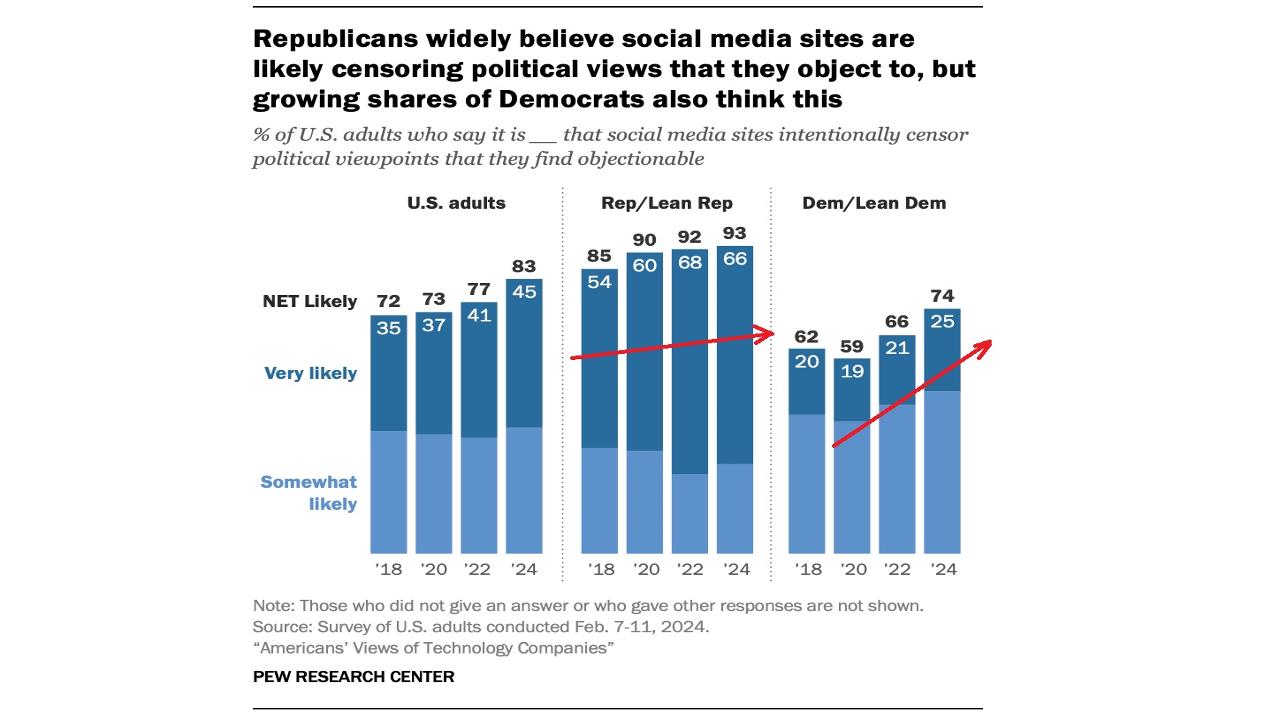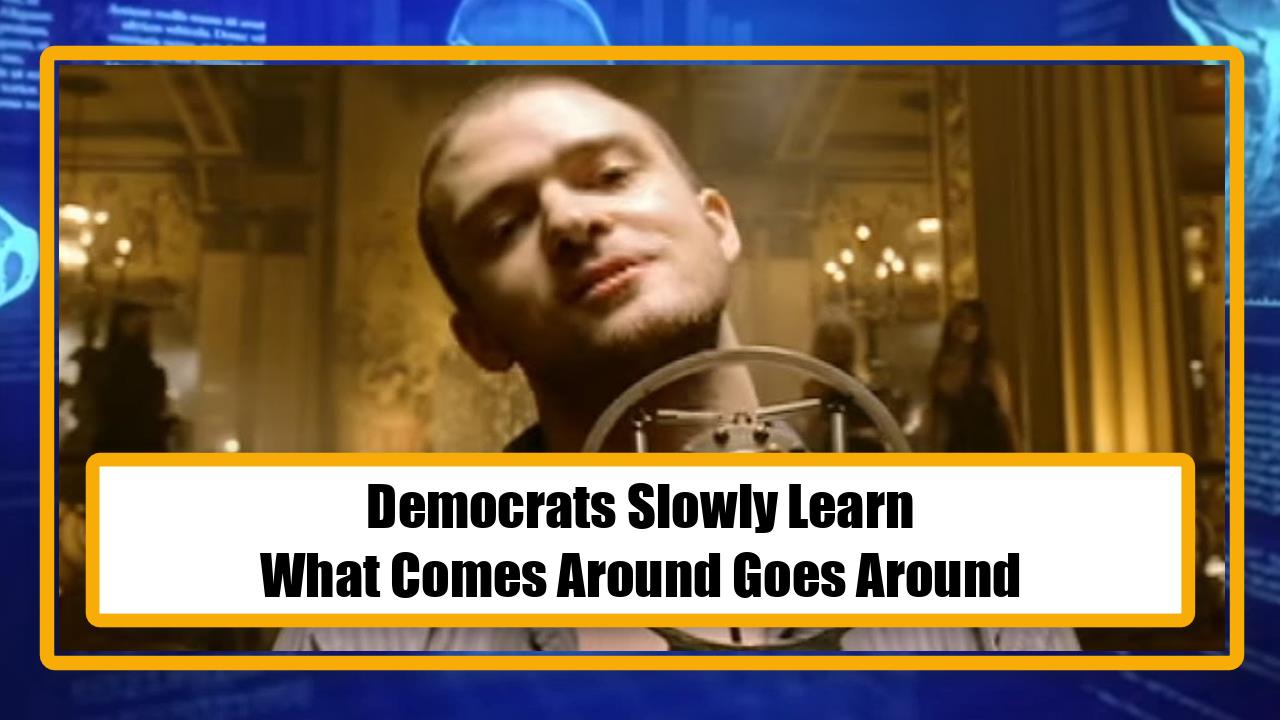Video:
Take our online poll:
AI Analysis:
The concept of "political boomerang" or "boomerang effect," is where a political action taken by one party later has unintended consequences for that same party. One historical example of this phenomenon occurred during the presidency of Franklin D. Roosevelt in the 1930s and 1940s in the United States.
In 1937, President Roosevelt proposed a plan to expand the Supreme Court by adding additional justices. This plan, known as the "court-packing plan," was seen by many as an attempt by Roosevelt to reshape the Supreme Court in his favor after it had struck down several New Deal laws as unconstitutional.
However, Roosevelt faced significant opposition from both Democrats and Republicans, who viewed the plan as an overreach of executive power and an attempt to undermine the independence of the judiciary. Ultimately, the plan failed to gain enough support in Congress and was abandoned.
The boomerang effect occurred when Roosevelt's attempt to pack the Supreme Court led to a backlash against him and the Democratic Party. Although Roosevelt was reelected in 1936 with a landslide victory, the failed court-packing plan weakened his political standing and eroded public trust in his administration.
Furthermore, Roosevelt's actions prompted a more aggressive stance from the Supreme Court itself, which began upholding New Deal legislation following the court-packing episode. This shift in the Court's approach ultimately served to limit the power of the executive branch and preserve the balance of power between the branches of government.
Thus, Roosevelt's attempt to exert control over the judiciary through the court-packing plan ultimately backfired, demonstrating the boomerang effect in action.
Chart:

References:
Pew Report on Voters by Party and Social Media


Comments